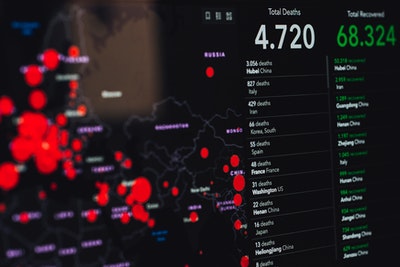8 Different Types Of Contactors And Protection Relays

The switching operation is possible through contactors and relays. Protection relays and contactors help in switching off and on electrical circuits. Their functioning is the same, with the only difference being the types of loads they are meant to handle.
The higher current carrying capacity applications use contactors, for example, lighting and motors applications. Relays are utilized in low voltage and lower currency switching single-phase applications.
The following are eight examples and types of protection relays and contactors:
#1 Time Delay Relays
This is an electromechanical relay whose design delays and interruptions the col armature motion. These relays are more of circuit-controlled switches.
Time delay relays have the primary function of stopping or starting the movement of current in coils. It is also constructed to permit electrical circuits to initiate delay in time at a particular point.
#2 Protective and Solid State Relays
Solid-state relays enable electronic switching, and their design allows them to overcome the conventional relay shortcoming, such as reliability.
In contrast, a protective relay helps the circuit breaker trip if faulty or abnormal conditions arise. Upon sensing a fault, a protective relay commands the circuit breaker to isolate or trip.
#3 Magnetic Controller Contactors
These types of contractors do not require any form of intervention by humans because they run electromechanically.
Magnetic controllers are designed to be operated remotely. It has the potential of eliminating all involved risks from manually using a contactor. Most industrial operations utilize these types of contactors for safety measures.
#4 Overload Relays and IEC Contactors
The use of IEC contactors applies to specific applications meaning they are rated to specified purposes and motors.
These contractors focus on the under control equipment’s expected life performance. IEC contactors are component and modular-based, which makes it easy to replace the failing parts.
#5 Overload Relays and NEMA Contactors
The use of these contactors is widespread in North America. They have a reserve capacity that is inbuilt to enable the application of contactors with the same sizes for a diverse application range. Besides, their design also ensures a long life around numerous functions.
These contactors allow additional maintenance for easily replaceable parts. They include motor logic state, type S contactors, and TeSys N contactors.
There is a wide range of contactors and protection relays offering that are used to deliver different solutions in fields such as health, marine, hotel, and mining.
#6 Manual Controller Contactors
These contractors were developed after the knife blade type became hazardous to use. A manual controller is an upgrade of the knife blade, and it entails previously missing features in the switch of a knife blade. The controller’s contactors and protection relays have a small physical size, are smaller, are safe to use, utilize double break contacts, and have an adequately uncased non-exposed unit.
The applications of the contactors and protection relays include the following uses:
#7 Lighting Control
The use of contactors and protection relays is evident in large lighting installations where they are employed as central controls in retail and office buildings.
Essentially, the contactors and protection relay help in power consumption reduction in the coils of the contactors when latching contractors are employed since they contain two operating loops.
One of the coils gets energized momentarily to prompt the power circuit contacts to close to allow the second one to open.
#8 Electric Motor Starter
Contactors and protection relays are magnetic starters in different devices. Magnetic starters are developed tools that are meant to generate power for utilization by electric motors.
Electric power starters are crucial components of contactors and protection relays because they provide under-voltage, power-cutoff, and overload protection.
These types of contactors and protection relays include motor logic state, type S contactors, and TeSys N contactors.
The Best Way Forward
One can consult with licensed professionals for electrical systems recommendations by choosing entities with exceptional reputation, credentials, and training activities. Besides, one can attain the same through verifying the licensing and insurance details of the consultants.
You can also seek information by gathering approvals from his network of friends, family, and business owners. Verifying the electrician’s experience regarding commercial projects and checking references and reviews are key ways of making consultations.
Similarly, while exploring options to buy the best contactors and protection relays, you must consult a certified professional. Doing so ensures peace of mind and enables you with the best of electrical solutions!




